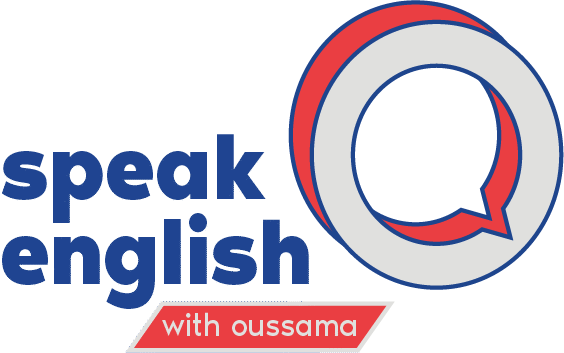Grammar can feel like a tricky game of rules and red pens. But what if some of the “rules” you’ve been taught are actually myths? In this article, we’ll bust some of the most common grammar myths that confuse English learners and native speakers alike. Let’s separate fact from fiction so you can write and speak English with confidence.
Myth #1: You Can’t Start a Sentence with “And” or “But”
The Truth:
Yes, you can! Starting a sentence with “and” or “but” is not only grammatically correct, it can also make your writing more natural and conversational.
Example:
- I wanted to go to the beach. But it started raining.
Why This Myth Exists:
This rule is often taught to kids to prevent sentence fragments, but mature writers use it all the time; even in professional writing.
Myth #2: Never Split an Infinitive
The Truth:
It’s perfectly okay to split an infinitive (like “to go” or “to eat”) when it makes your sentence clearer or more impactful.
Example:
- She decided to boldly go where no one had gone before.
Why This Myth Exists:
The myth comes from trying to copy Latin grammar rules. But English isn’t Latin!
Myth #3: Ending a Sentence with a Preposition Is Wrong
The Truth:
Ending a sentence with a preposition is often the clearest, most natural option.
Example:
- This is the person I was talking about.
When to Avoid It:
Only if it makes the sentence awkward or unclear. Otherwise, you’re good to go!
Myth #4: Contractions Aren’t Professional
The Truth:
Contractions like “don’t,” “can’t,” and “it’s” are totally fine in most forms of writing; even many professional ones. They make your tone more friendly and natural.
Use contractions when:
- Writing blog posts or emails
- Engaging in casual or semi-formal communication
Avoid them when:
- Writing legal documents or very formal reports
Myth #5: One-Sentence Paragraphs Are Bad
The Truth:
One-sentence paragraphs can be powerful, especially in blog posts, speeches, or persuasive writing.
Example:
- Grammar isn’t a cage. It’s a toolbox.
When to Use Them:
To emphasize a point, create suspense, or break up long chunks of text for better readability.
Final Thoughts: Write with Confidence
The English language is flexible and alive. The most important rule? Clarity comes first. If your reader understands you, you’re already doing something right. So don’t let outdated grammar myths hold you back.
Next time you write, ask yourself:
- Does this sound natural?
- Is it clear?
- Would I say this in conversation?
Break the rules when it makes sense. Learn the real guidelines. And most importantly—keep writing!
Want more writing tips like this? Subscribe to the blog and never miss an update!
